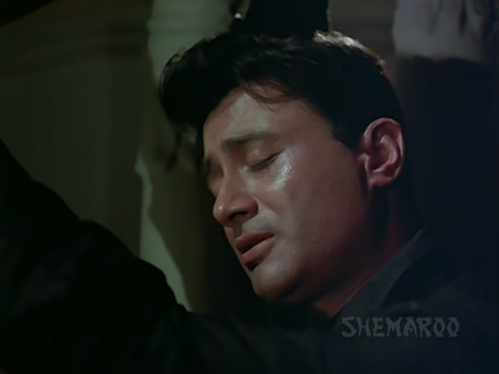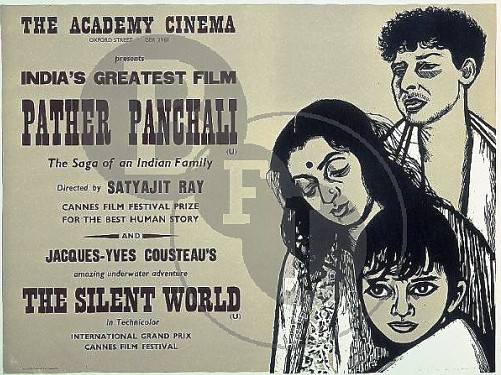“Cricket,” wrote cultural theorist Ashis Nandy, “is an Indian game accidentally discovered by the English.” In his only-partly-whimsical 1989 book, The Tao of Cricket, Nandy develops this insightful if contra-historical sutra into a lengthy analysis of what he sees as the three great public-arena obsessions of contemporary India: cricket, politics, and the Bombay cinema—further arguing that all three adhere, in significant ways, to the same basic grammar of performance.
Whether or not he ever read Nandy, director Ashutosh Gowariker had the genius to combine all three in one allegorical package, and to sell the idea to Aamir Khan, who then produced and starred in the resulting screenplay. The rest is cinematic history, and also one of the most successful Indian efforts at historical cinema: an epic-length (nearly four hour, yet surprisingly well-paced and gripping) parable in which the indigenization of cricket becomes a metaphor for the entire Indian Independence struggle, as well as for the larger and still-ongoing project of (to quote another book by Nandy) the “loss and recovery of self under colonialism.” It serves as a ideal metaphor for adoption of democratic ideas from british and their so well adoption in India.
This Resourceful essay is taken from University of Iowa professor Philip Lutgendorf notes on Indian cinema. Source URL is provided at the bottom of the essay.
LAGAAN
“The Tax,” Hindi, 2001, (225 minutes)
Director: Ashutosh GowarikerProducer: Aamir Khan
Story: Ashutosh Gowariker;
Screenplay: Ashutosh Gowariker, Kumar Dave, Sanjay Dayma; Dialogues: K. P. Saxena, Ashutosh Gowariker;
Music: A. R. Rahman;
Lyrics: Javed Akhtar;
Production design: Nitin Desai;
Cinematography: Anil Mehta
Rating : 4/5
A prologue intoned by a Godlike narrator (Amitabh Bachchan, naturally), sets the scene in 1893, in “Champaner, a small village in the heart of India.” The location is deliberately vague (never mentioned in the film as well)—though shot in the Kutch region of Gujarat, the film projects a Potpourri of north and central Indian architecture, dress, and dialects, with the obvious intent of establishing an archetypal 19th century indian village. The villagers are depicted groaning under the weight of the exhorbitant lagaan or crop tax, paid to their local Raja but then largely appropriated by the rapacious British, personified in the sadistic and capricious Captain Andrew Russell (Paul Blackthorne), who reigns over both ruler and ruled from a palatial cantonment. Russell is fond of dares and wagers, always with the object of humiliating Indians and forcing them to adopt British habits, as when he challenges the vegetarian Raja Puran Singh of Champaner (Kulbhushan Kharbanda) to eat meat in order to obtain tax relief for his suffering subjects; though the Raja’s heart bleeds for the wretched prajaa, he steadfastly refuses to violate his dharma, and earns the sympathy of Russell’s newly-arrived sister, the lovely Elizabeth (Rachel Shelley). This episode, only a few minutes into the film, typifies its manner of distilling two centuries of colonial encounter into a few broad gestures, necessitating a somewhat free hand with history and politics. So does another early scene in which the hero Bhuvan (Aamir Khan) attempts to save forest animals from the relentless sport shooting of cruel Captain Russell. The representation of the Raja as a benevolent and paternalistic dharma-king elides the fact that most princely rulers were no less exploitative than their colonial overlords, with whom they worked comfortably and closely. Most were meat-eaters as well, and much addicted to hunting, for which many kept their own well-stocked reserves, strictly off-limits to their subjects (and which, in some parts of the country, were later plundered in an orgy of post-Independence animal-slaughter and tree cutting by real-life Bhuvans). The film is not interested in such factual subtleties, however, and in suggesting that feudal landlords were pious nationalists and natural allies of peasants in the battle against a demonized foreign foe, it slips into the jingoistic terrain of popular historiography.








